Hydration or moisture of the skin means the moisture content of the stratum corneum (SC). The hydration level of our skin helps determine whether our skin is beautiful, bright, healthy, or dry, parched, tight and rough. The epidermis is composed of different layers. At the bottom layer, known as the stratum basal, the cells divide and push already formed cells into the higher layers. As the cells move into the higher layers, they flatten and eventually die. The top layer of the epidermis, known as the stratum corneum, is made up of dead, keratinized cells that shed about every two weeks. While the amount of water in the inner layers of the skin is relatively constant, the moisture in the SC depends on different factors:
- the rate at which the water in the dermis reaches the SC
- the rate at which the water is eliminated by evaporation (Trans Epidermal Water Loss-TEWL)
- and the ability of the SC to retain water.
Our skin barrier helps prevent excessive water loss through evaporation and helps guard it from external stressors. Scrubbing, friction, or abrasion may partially or completely remove the SC and thus disrupt the skin barrier by exposing the viable and water-rich epidermis to the environment. Presence of natural moisturizing factor increases the ability of the SC to retain water. The water content of the SC is thus a delicate balance between the deeper layers of the skin and the environment. With aging, our skin is less capable of retaining moisture and as a result gets dryer. When skin gets dehydrated, the skin barrier is compromised.
A primary objective in skin care is for the skin to be optimally hydrated. In fact, hydration claims top the list when it comes to cosmetic products. The market is full of products that promise immediate, locks in moisture/ long lasting and /or sustained hydration which need appropriate testing designs to evaluate these claims. Moisturizers work either by attracting moisture from the atmosphere into skin (humectant) or they create a barrier and restrict water loss from the skin (emollient) and they also reduce skin friction and increase hydration. It is important to design and test the product with the claims in mind. Methods to evaluate skin hydration include measuring the electrical capacitance with the help of the Corneometer® CM825 (C+K), Visual assessments and Self Perception Questionnaires. An altered skin barrier function it is normally marked by an elevated TEWL (e.g., in atopic dermatitis and psoriasis or in studies using solvents and detergents). Elevated TEWL values in disturbed skin barrier are frequently correlated with low hydration within the SC.
There should be an inclusion in the study design of an untreated site along with a positive control like glycerol or petroleum jelly depending on whether the moisturizer is a humectant or occlusive in nature. Investigational moisturizers are usually tested on volar arms or lower lateral legs. Change from baseline in visual evaluations along with Corneometer values at baseline, immediately after supervised product application, and as designed at 4, 8 and 12 hours and sometimes up to 24/48 and/or 96 hours depending upon the claims to be made are determined. For TEWL determination a Tewameter® TM300 (C+K) is used.
In anti-ageing, products ingredients like hyaluronic acid/retinol and its derivatives/alpha hydroxy acids like glycolic acid are routinely added for hydration. Usually, study design of 4 weeks or more is selected to allow for complete turnover of corneocytes. Skin surface hydration is evaluated visually by a trained grader at baseline and then at 2 weeks and 4 weeks along with Corneometer® and Tewameter® recordings.
Study 1: N=30 healthy M/F were used to evaluate moisturization efficacy up to 24 hours in a randomized blinded study design after a single application of TA to sites on lower lateral side of legs.
*Significant changes from baseline at all time points up to 24 hours
Study 2: Antiaging study: 31 Healthy M/F (35-75y) in a single blind monadic design for a 4-week study period.
*Significant change from baseline
Antiaging Study-Skin attributes and VISIA Analyses
In conclusion employing proper study designs is important for moisturizing product efficacy determinations and substantiation of related claims on dry skin. In the studies presented above topical applications of the products led to increased skin hydration and decreased TEWL, thereby substantiating the “restores hydration” claim for the products studied.
CONTACT
Dr. Nalini Kaul
Ph.D. Vice President Technical
Princeton Consumer Research

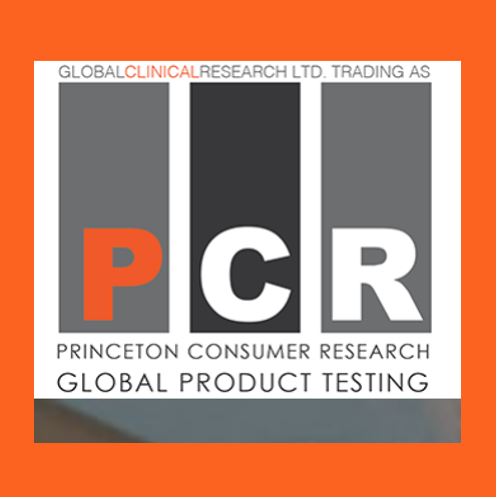
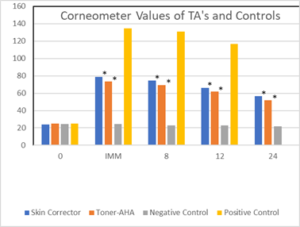
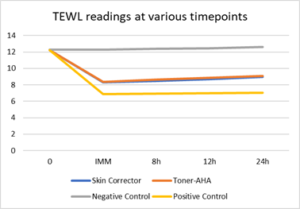
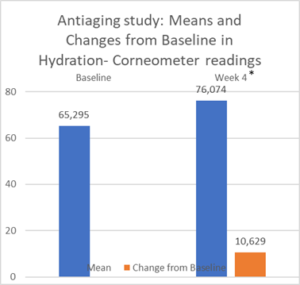
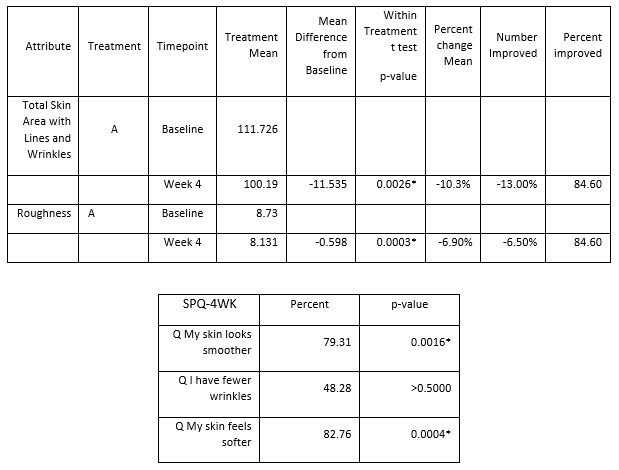
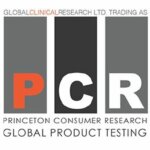
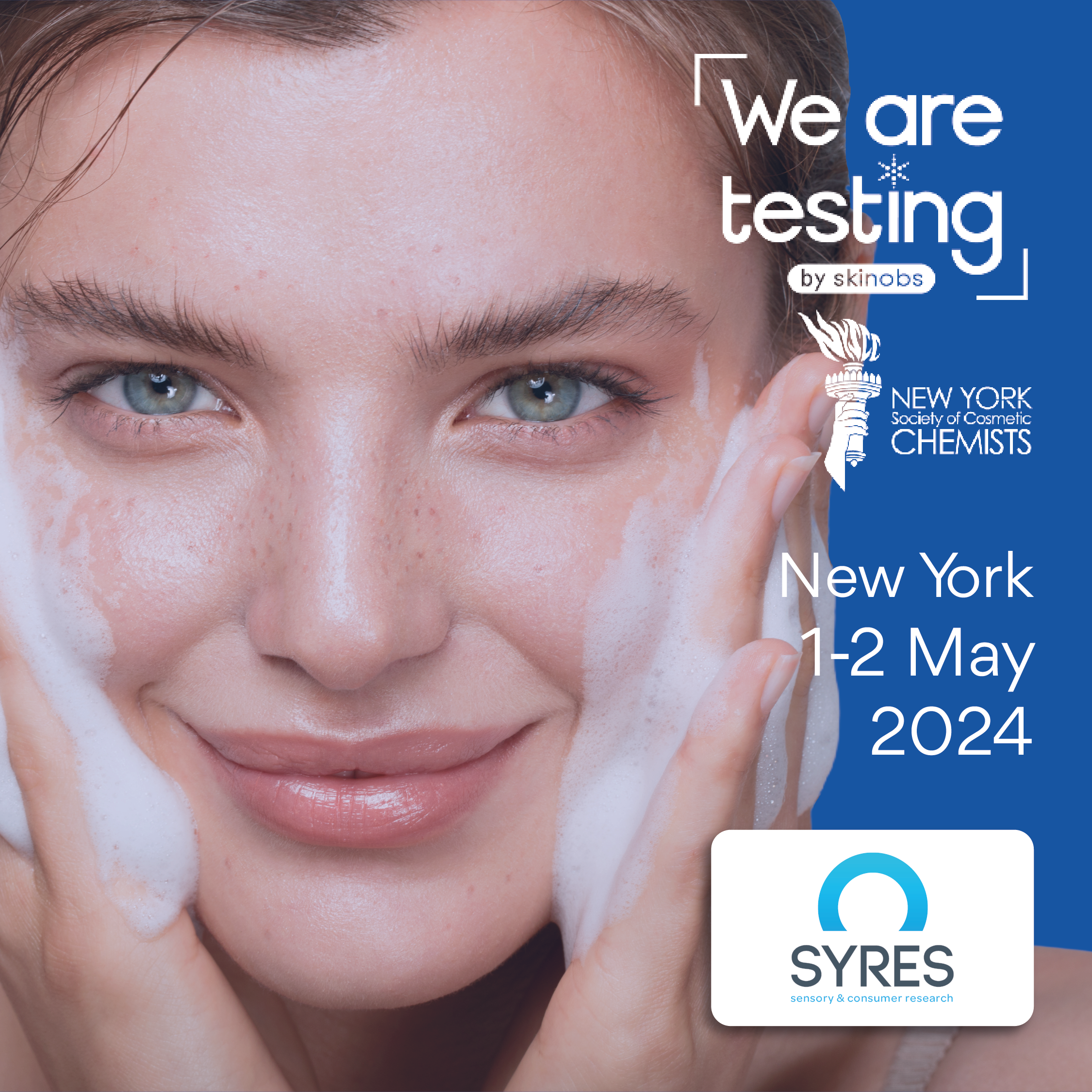
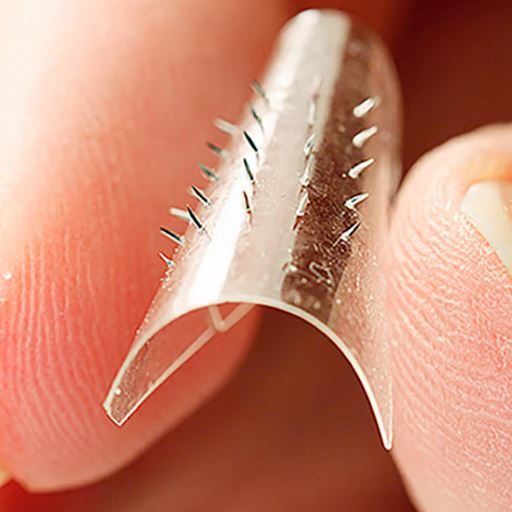





 Follow us on Linkedin!
Follow us on Linkedin!
You must be logged in to post a comment.